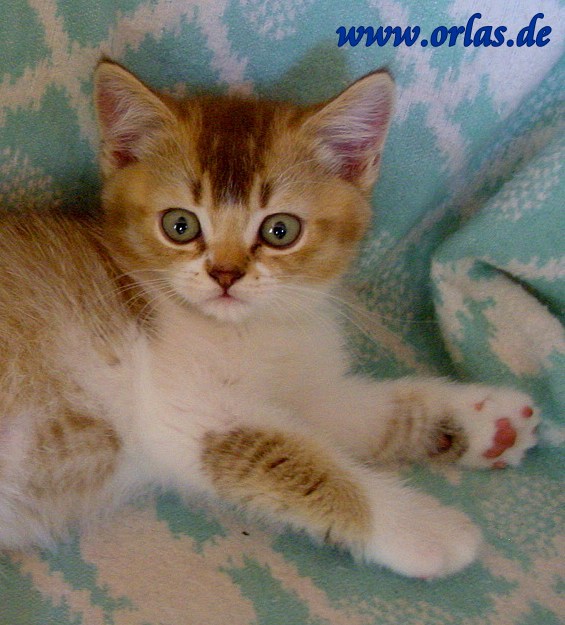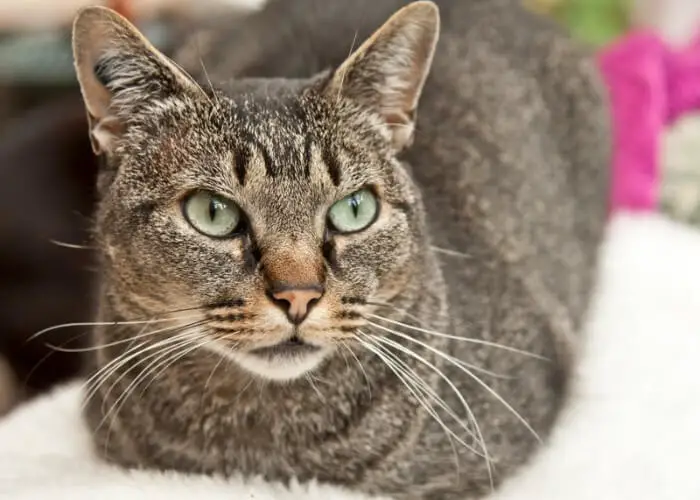


One says that when the baby Jesus wouldn’t stop crying in his manger, a tabby cat climbed inside and started to purr, giving him warmth and comfort so that he could sleep in thanks, Mary marked the tabby’s forehead with the first letter of her name. There are a few variations of a Christian legend involving a tabby cat, the baby Jesus, and the Virgin Mary. These ancients believed the “M” was a reference to Mau, or that the mark represented the sacred scarab beetle. Mark of MauĪncient Egyptians called cats “Mau” (sounds suspiciously like “meow,” does it not?). A curious amount of folklore exists around this particular feature, stretching back thousands of years. One of the most distinctive aspects of the tabby cat is the “M” shape on the forehead. (Important for the outdoor tabbies, anyway!) Tabbies descended with these important physical traits intact. It’s no big stretch to say that these wildcats’ built-in camouflage of spots and stripes helped pave the way for their continued existence and evolution. Tabbies may be the world’s “original” catsĪccording to Catster, feline geneticists confirmed “five genetic clusters, or lineages, of wildcats from various parts of the world (such as Africa, Europe, China, Central Asia, and the Middle East) and dating back some 10,000 years to be the ancestors of today’s ubiquitous domestic tabbies.” These findings likely explain how coat patterns are formed on big cats, too, such as tiger stripes, cheetah spots, and cougar ticks. Remember how the “ticked” tabby pattern is primarily displayed on Abyssinian cats? This happens because mutations in the gene Dkk4 result in shorter, thinner strokes of color.
GERMAN TICKED TABBY SKIN
This thick-thin skin variation can be detected even before embryos develop hair follicles!

Thick patches with more Dkk4 expression are later covered with darker fur, while thin patches with less Dkk4 expression are later covered with lighter fur. Researchers discovered that the gene Dkk4 actually “maps” a pattern of thick and thin skin during fetal cat development. The patched tabby typically features patches of brown and orange tabby patterns, with markings often more apparent on the legs and head.Īssociated breeds: American Shorthair, Birman, British Shorthair, Cornish Rex, Domestic Shorthair, Exotic Shorthair, Japanese Bobtail, Manx, Norwegian Forest Cat, Persian, Siberian, Turkish Van How do tabby patterns form?Ī 2021 study published in Nature Communications answers the question that has puzzled geneticists for decades: how do cats get their stripes, spots, and swirls? What do you get when you cross a tabby and tortie cat, or a tabby and calico? A “torbie” and a “caliby,” respectively. He is extremely intelligent and can open any door in the house, can hear the fridge open even if he is in the loft! And plays fetch better than any dog I know.Patched tabby - © carolyn.will / Flickr / CC-BY-SA-2.0 Bonus: Patched tabby cat Max has bright green eyes and the sweetest nature and loves affection. Max weighed 7kilos when he was 10 months old. His coat is a very pure silver with no tarnish within his coat, he has a bright clear coat and an amazing thick bushy tail. He has heavy boning, and strong heavy build. Īngie iz Primorskij Zaryha (CZ) Black Silver Spotted Tabby Champion Max-Matvej iz Primorskij (D) Black Silver Mackerel Tabbyīright Emerald green eyes with dragon like pupils.


 0 kommentar(er)
0 kommentar(er)
